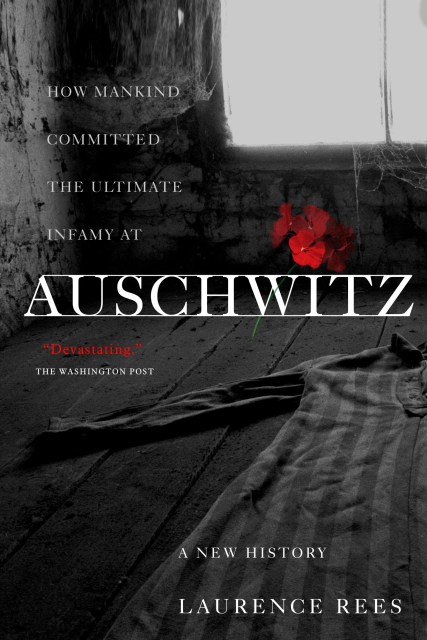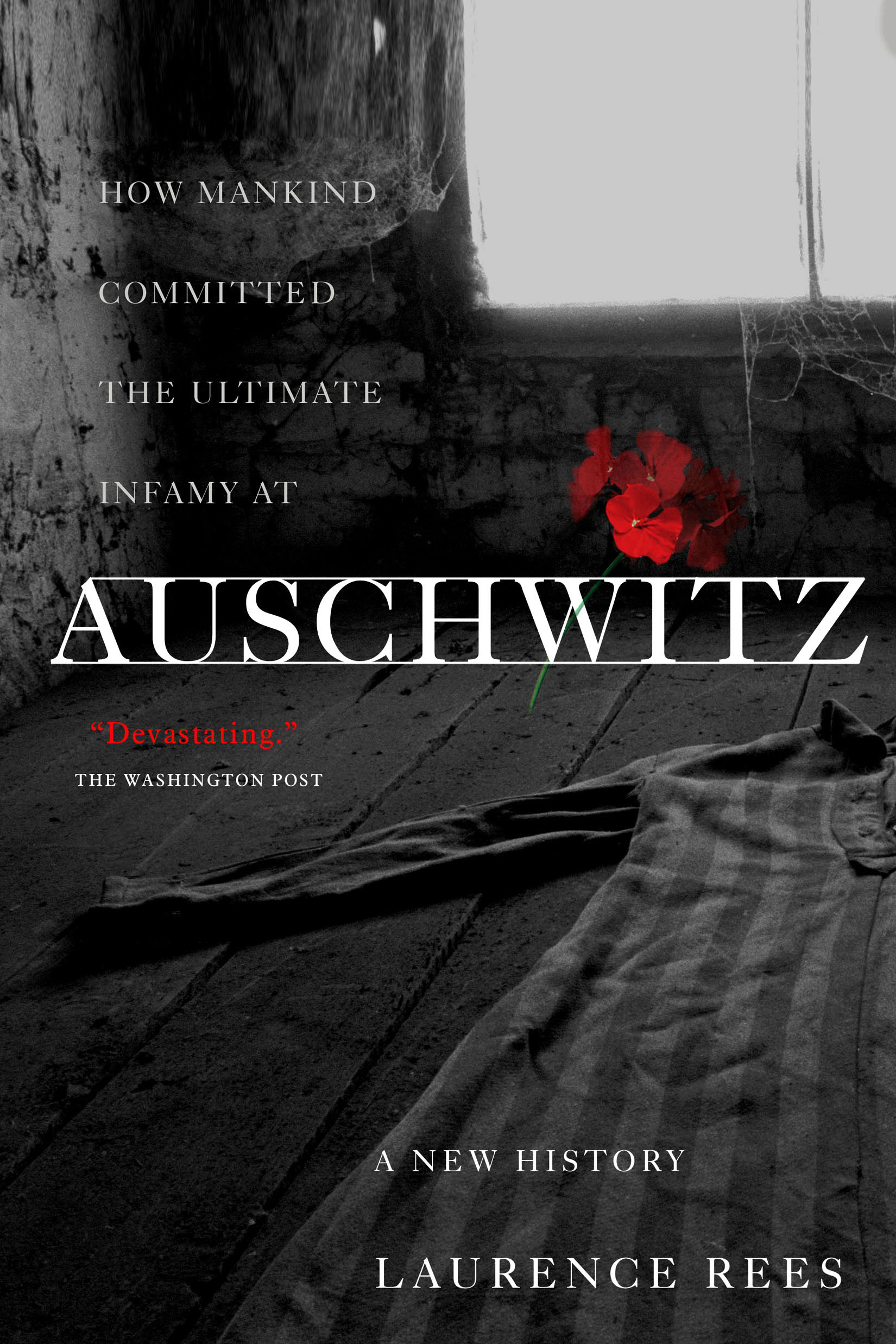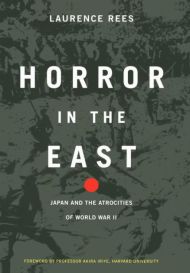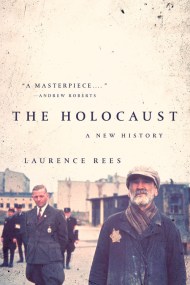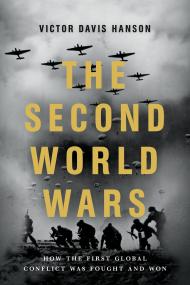By clicking “Accept,” you agree to the use of cookies and similar technologies on your device as set forth in our Cookie Policy and our Privacy Policy. Please note that certain cookies are essential for this website to function properly and do not require user consent to be deployed.
Auschwitz
A New History
Contributors
Formats and Prices
Price
$11.99Price
$14.99 CADFormat
Format:
- ebook $11.99 $14.99 CAD
- Trade Paperback $19.99 $24.99 CAD
This item is a preorder. Your payment method will be charged immediately, and the product is expected to ship on or around January 2, 2005. This date is subject to change due to shipping delays beyond our control.
Also available from:
This “scrupulous and honest” (Washington Post) history of the most notorious concentration camp of the Holocaust preserves the authentic voices of survivors and perpetrators
The largest mass murder in human history took place in World War II at Auschwitz. Yet its story is not fully known. In Auschwitz, Laurence Rees reveals new insights from more than 100 original interviews with survivors and Nazi perpetrators who speak on the record for the first time. Their testimonies provide a portrait of the inner workings of the camp in unrivalled detail-from the techniques of mass murder, to the politics and gossip mill that turned between guards and prisoners, to the on-camp brothel in which the lines between those guards and prisoners became surprisingly blurred.
Rees examines the strategic decisions that led the Hitler and Himmler to make Auschwitz the primary site for the extinction of Europe's Jews-their "Final Solution." He concludes that many of the horrors that were perpetrated in Auschwitz were the result of a terrible immoral pragmatism. The story of the camp becomes a morality tale, too, in which evil is shown to proceed in a series of deft, almost noiseless incremental steps until it produces the overwhelming horror of the industrial scale slaughter that was inflicted in the gas chambers of Auschwitz.
The largest mass murder in human history took place in World War II at Auschwitz. Yet its story is not fully known. In Auschwitz, Laurence Rees reveals new insights from more than 100 original interviews with survivors and Nazi perpetrators who speak on the record for the first time. Their testimonies provide a portrait of the inner workings of the camp in unrivalled detail-from the techniques of mass murder, to the politics and gossip mill that turned between guards and prisoners, to the on-camp brothel in which the lines between those guards and prisoners became surprisingly blurred.
Rees examines the strategic decisions that led the Hitler and Himmler to make Auschwitz the primary site for the extinction of Europe's Jews-their "Final Solution." He concludes that many of the horrors that were perpetrated in Auschwitz were the result of a terrible immoral pragmatism. The story of the camp becomes a morality tale, too, in which evil is shown to proceed in a series of deft, almost noiseless incremental steps until it produces the overwhelming horror of the industrial scale slaughter that was inflicted in the gas chambers of Auschwitz.
-
"This book distills a crucial lesson--perhaps the crucial lesson--of the 20th century: that the human capacity for mass murder is grotesquely widespread and must be faced squarely if we hope to resist it."Washington Post
-
"This admirable book deserves to be widely read."Ian Kershaw, author of Hitler: 1889-1936 Hubris and Hitler: 1936-1945 Nemesis
-
"Excellent."Boyd Tonkin, The Independent
-
"A path-breaking work...the depth and wealth of detail Rees provides make this treatment highly compelling."Publishers Weekly (starred review)
-
"Thank God that occasionally books of the stature of Laurence Rees's superb Auschwitz: The Nazis and the "Final Solution" are published... Fascinating."Andrew Roberts, Evening Standard
-
"Well-written with striking testimonies from bystanders, perpetrators and victims. The interviews with SS men, and sundry European Fascists, are genuinely revealing, and must have been exceptionally difficult to negotiate."Michael Burleigh, Daily Telegraph
- On Sale
- Jan 2, 2005
- Page Count
- 368 pages
- Publisher
- PublicAffairs
- ISBN-13
- 9781610390118
Newsletter Signup
By clicking ‘Sign Up,’ I acknowledge that I have read and agree to Hachette Book Group’s Privacy Policy and Terms of Use
